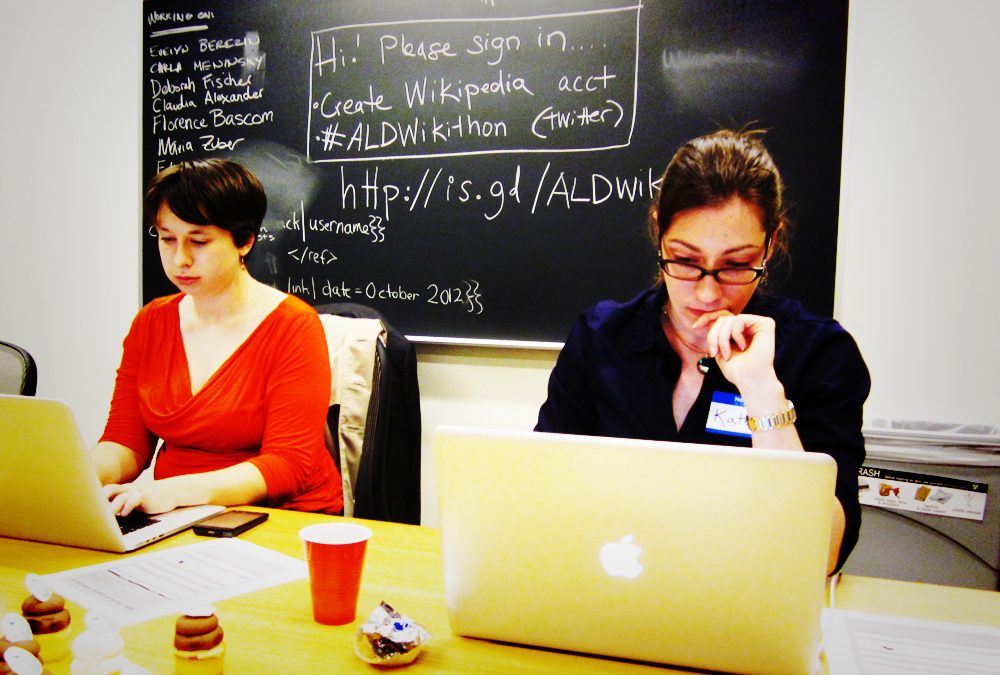It’s one of the greatest questions that has plagued the industry for decades. It seems as if every year, we hear more and more about the amazing accomplishments of men in STEM fields, and less about women’s equally impressive successes. This mainly has to do with the fact that women are severely underrepresented in the industry. For example, only 7.9% of women make up the mechanical engineer workforce and women account for only 11.1% of astronomers and physicists. In total, women only account for a staggering 24% of all STEM positions, according to the Economics and Statistics Administration.
But why is this? Why are there so few women in STEM positions? Unfortunately, this disparity in gender equality stems from a young age. According to an article from CBC.com, a recent survey conducted at a STEM camp revealed some telling information about how young girls are exposed to the world of STEM. The survey found that girls do not enter STEM fields simply because of stereotypes.
Kevin Cougler, CEO of STEM Camp (the organization that conducted the survey), stated that a resounding majority of girls claimed that gender stereotypes played a major role in their decision to avoid STEM fields.
“74 percent of respondents indicated it was a stereotype of the traditionally perceived male versus female jobs,” said Cougler.
Considering the fact that anywhere between 30-40,000 people were surveyed, it is clear to see that this is a very blatant issue. Although the survey was conducted in Canada, this is not a problem exclusive to the country; this is a worldwide issue.
There are so many different factors that go into forming children’s opinions of the world and what they want to do for a living. Religious beliefs and ideals, parental guidance and education systems can all impact how young girls perceive not only STEM fields, but many other aspects of life. We need to work together to encourage young women to try new things and to engage in STEM fields; we must remove the foundation that allows these stereotypes to exist and create barriers between our society. This is the only way that we will prosper and close the gender gap in STEM.

